Developer: Capcom Publisher: Capcom Released: 1989 Genre: Action RPG
Capcom was one of the most prolific NES developers. Next to Konami, Sunsoft and Nintendo they also probably have the highest hit ratio in terms of their releases. And while they had licenses of all stripes they would mostly shy away from the movie arena. Which is a shame as their sole movie licensed title for the NES is pretty great. Willow is a hidden gem that still gets overlooked today and is one of the better action RPGs for the system in the US.
Calling Willow a game based on the movie is a bit disingenuous. Aside from a few key characters from the movie the game bears little resemblance to the film. Willow fights with a sword and shield and the game world barely resembles the movie. Granted it is not as if we get to see a lot of it in the movie to begin with but still. Apparently Willow was an unrelated title that the license was grafted to. In some ways that probably helps it as it has a good base to start with without any license’ baggage.
In a nice surprise there is some nuance to combat. During the game Willow will wield a variety of different swords. These weapons have different weights that affect the speed of their swing. As you gain levels Willow becomes more proficient with each one. There are two attacks; a wide swing and a more powerful stab. The game gives valid reasons to use both which is pretty cool. Additionally you can block most projectiles with your shield by standing still. Most of the time it is a happy accident but still useful nonetheless. Over the course of the game you will accrue a decent number of spells. Honestly outside of healing and warping I did not bother with magic much because it was not necessary.
Comparisons to Zelda are unavoidable. Willow distinguishes itself by featuring a huge overworld, so large in fact that it is split in three. There are plenty of dead ends, secrets and such to find scattered around the world and some items are easily missable. It doesn’t have dungeons like Zelda but does have a few caves and towers to progress. The game’s size does work against it at times as it is tedious walking through screen after screen of fluff that serves no purpose other than to waste your time. You will have to put in a little work to enjoy Willow at first. The game drops you in the world with next to no guidance. This was a pretty common trope during the 8-bit era but that makes it no less annoying.
There are no puzzles to solve however; it all comes down to finding the right item or speaking to the right person to progress. That makes dungeons and caves less interesting but they can still be fun to explore. Their complexity comes from their size. It is easy to get lost and if you have any common sense unlike me, you’ll draw your own maps. That does turn out to be a double-edged sword. Without puzzles to break up the monotony the large maps can be a slog. This reaches its nadir in the East and West Towers. Both of these towers feature the same layout repeated as many as twelve times with few enemies.
What slows down the game’s progression is the need for grinding. This is nothing new in RPGs but grinding is especially tedious here. Even though the world is large there are few enemies. You can travel through many screens before encountering an enemy which seems….wrong. Even in caves it is entirely possible to miss combat altogether. This would not be a problem if there weren’t certain critical events that require a minimum level to complete. You need to be level 13 to change Fin Raziel back to human form and to power up your cane for the final battle. You need to be at least level 15 to have enough MP for the final battle; keep in mind the max is 16. Finding enemies to grind is some of the most tedious I have experienced in a game and brings the game down slightly.
Capcom have done an amazing job crafting such an incredibly detailed world. Every environment is rich with minute details with large sprites. A subtle touch that l like is the way the world comes to life whenever enemies attack. Grass sways and the music becomes menacing to signal a threat. Although the NES has a small color palette Willow almost seems to defy that limitation and is incredibly vibrant. The only negative would be the limited variety of enemies; there is excessive palette swapping that becomes noticeable early on.
In Closing
Despite its few faults Willow is still great and is a hidden gem in the NES library. Even if you took the license away it would still be good. I will even be bold and say that this is one of the better movie licensed titles for the system.


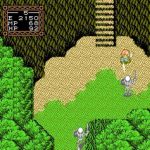
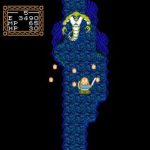
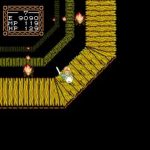


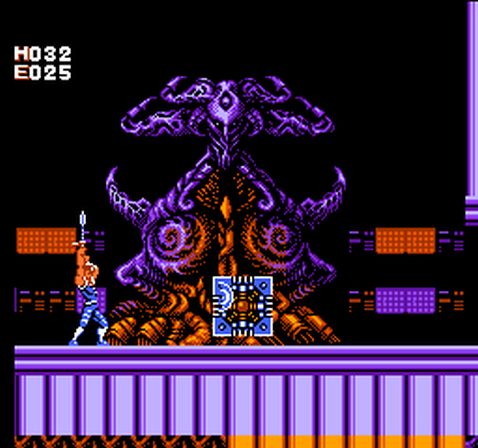

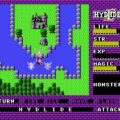
One thought on “Willow”